While testing avalanche transceivers this year it has become more evident that older, analog type beacons should be retired. It isn’t because they don’t work. But the way they work can cause trouble in the dreaded multiple victim scenario. If you have more than one person buried in an avalanche the odds are at least one person will turn up dead. The odds of that increase if one of the victims has an old analog beacon.
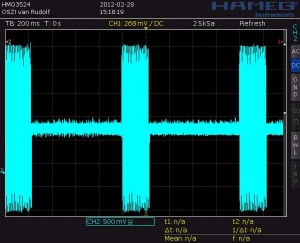
Screen capture of the received signal from an analog beacon. Notice how the signal never fully turns off - and the extra wide pulse increases the chance of signals overlapping.
Analog beacons should be retired because they transmit with a continuous carrier signal which, when you are close, can confuse searchers by covering up the signals from other, more distant victims. With a continuous carrier signal the oscillator that creates the 457 kHz signal is always on. When the pulse is ON, it connects the signal to the antenna so it radiates in to space. When the pulse is OFF, the antenna is switched off, but the signal is still being generated and it leaks out from the circuit board of the transceiver.
Keep making backcountry turns
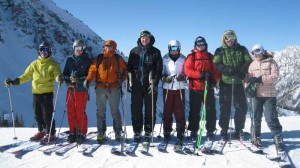


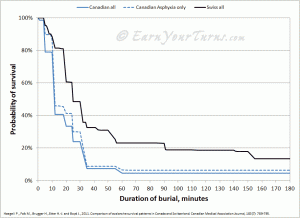

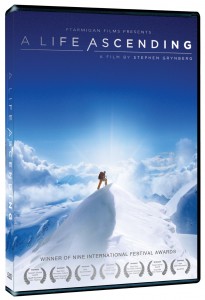
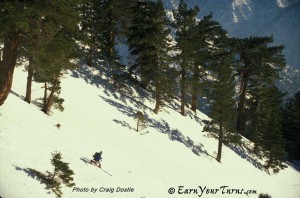
Recent Comments